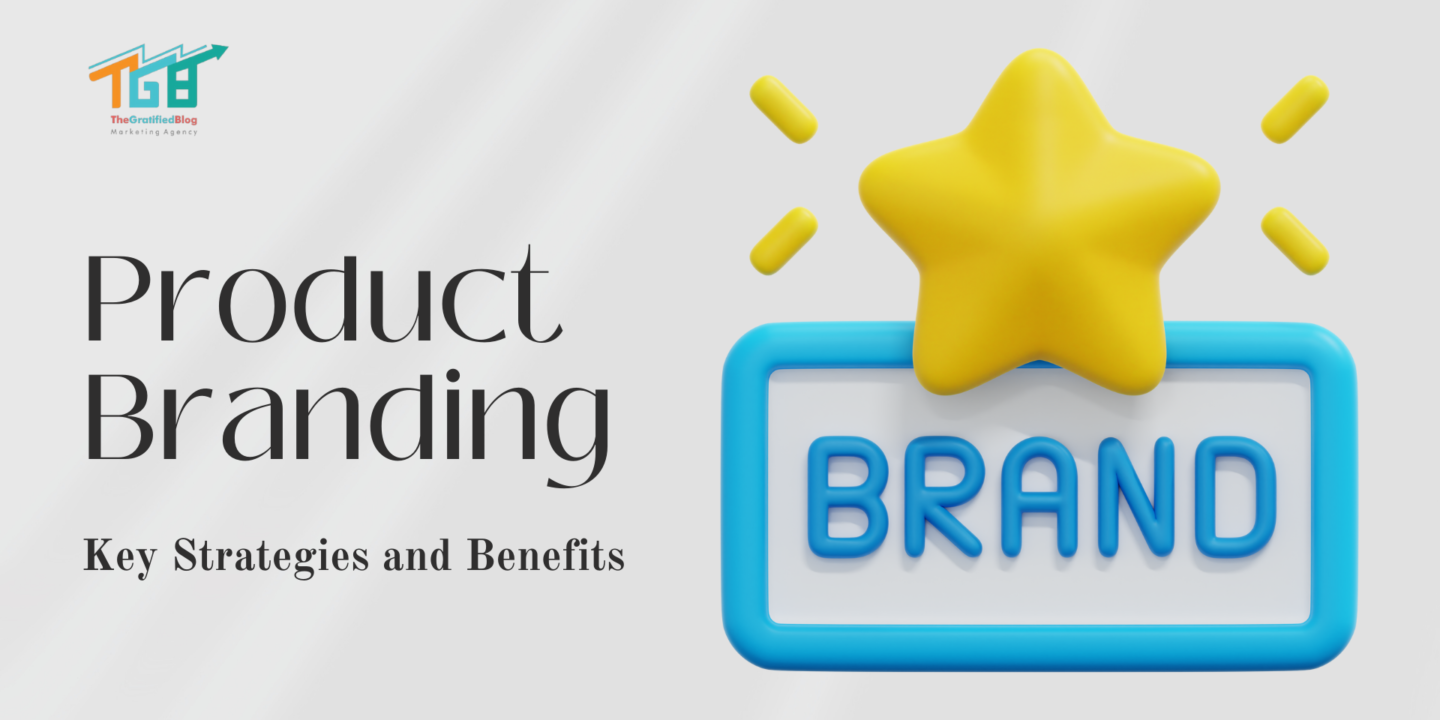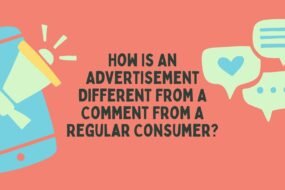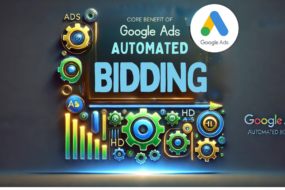
Product branding is one of those concepts that sounds straightforward but has layers of meaning and impact. At its core, it is about making a product stand out in a sea of competition. Think about the brands you love. Why do you gravitate toward them? It is often because their products resonate with you, either through their story, design, or promise of quality.
This blog will walk you through everything you need to know about product branding. We will explore its meaning, importance, and the elements that make it work. You will also learn strategies to build stronger product branding, examples of brands doing it right, and tips to improve yours. Lastly, we will discuss challenges, ways to measure success, and future trends in the branding world. Whether you are new to the topic or looking for fresh insights, there is something here for you.
So, buckle up. Let us dive into the world of product branding.
What is Product Branding?
Product branding is about creating a unique identity for a product to make it stand out in the market. It involves using elements like a product’s name, logo, design, packaging, and marketing to give it a distinct personality. The goal of product branding is to make the product memorable and recognizable, so customers can easily identify it among competitors.
For example, think of Coca-Cola. Its red color, unique bottle shape, and catchy ads all contribute to its strong product branding. These elements create an emotional connection with customers, making them trust and choose Coca-Cola over other drinks.
Good product branding helps build loyalty, attract more buyers, and even justify a higher price. It’s not just about how the product looks but also how it makes people feel and the reputation it builds over time.
Why is Product Branding Important?
Product branding is crucial for several reasons:
- Makes Your Product Stand Out:
- Branding helps your product grab attention in a crowded market.
- It creates a unique identity that sets it apart from competitors.
2. Builds Customer Trust:
- A strong brand gives customers confidence in the quality and reliability of your product.
- It helps establish credibility and loyalty over time.
3. Creates Emotional Connection:
- A well-branded product connects with people emotionally.
- Customers are more likely to choose products that align with their values and feelings.
4. Drives Customer Loyalty:
- Good branding encourages repeat purchases.
- Loyal customers are more likely to recommend your product to others.
5. Increases Value Perception:
- Strong branding makes your product look premium and worth the price.
- Customers often pay more for products with a recognizable brand.
6. Supports Marketing Efforts:
- A clear brand message makes advertising more effective.
- Consistent branding across platforms builds recognition and trust.
6. Facilitates Business Growth:
- A trusted brand attracts new customers and partners.
- It opens doors for expansion into new markets or product lines.
Key Elements of Product Branding
Building a solid product brand requires a few key elements. These are the building blocks of successful branding:
- Unique Brand Identity
- A clear and unique logo, colors, and design make the product instantly recognizable.
- Consistency in visuals across packaging, ads, and online presence strengthens identity.
2. Memorable Brand Name
- The name should be easy to pronounce, spell, and remember.
- A meaningful name often creates a stronger connection with the audience.
3. Target Audience Understanding
- Knowing who the product is for helps in tailoring branding efforts.
- Focus on customer needs, preferences, and pain points to resonate better.
4. Strong Brand Message
- A simple and clear tagline or slogan explains what the product stands for.
- Messaging should align with the product’s purpose and values.
5. Emotional Appeal
- Branding should evoke emotions, like trust, excitement, or reliability.
- Emotional connections help customers stay loyal.
6. High-Quality Packaging
- Attractive and functional packaging makes the product appealing and adds value.
- Packaging should also reflect the product’s brand identity.
7. Brand Story
- A compelling story about the product’s origin or mission makes it relatable.
- Customers often connect with brands that share their values or aspirations.
8. Consistency Across Platforms
- Whether on social media, in-store, or on a website, the branding should be uniform.
- Consistency builds trust and strengthens recognition.
Key Strategies for Effective Product Branding
Building a successful product brand requires strategy. Here are some proven approaches:
- Know Your Target Audience
- Understand who will buy your product.
- Identify their needs, preferences, and pain points.
2. Create a Memorable Brand Identity
- Design a unique logo and choose consistent colors, fonts, and imagery.
- Make sure your brand is visually appealing and easy to recognize.
3. Develop a Clear Brand Message
- Focus on what makes your product unique.
- Highlight the benefits and values your product delivers.
4. Use Storytelling
- Share a relatable story that connects with your audience.
- Show how your product solves real problems.
5. Be Consistent Across Platforms
- Maintain the same tone, visuals, and message in ads, social media, and packaging.
- Build trust by showing reliability in every interaction.
6. Leverage Social Media
- Share engaging posts, reels, and stories to attract attention.
- Collaborate with influencers to widen your reach.
7. Focus on Customer Experience
- Ensure your product meets or exceeds customer expectations.
- Provide excellent customer support and follow-up.
8. Monitor and Adapt
- Collect feedback to understand what works and what doesn’t.
- Stay updated with trends and adjust your strategies accordingly.
Tips for Strengthening Your Product Branding
Want to improve your product branding? Here are some tips:
- Focus on Quality: Great branding will not save a bad product. Ensure your product delivers on its promises.
- Ask for Feedback: Listen to your customers. Their insights can help refine your branding.
- Adapt and Evolve: Trends change. Stay updated and make small tweaks to keep your brand relevant.
- Leverage Social Media: Platforms like Instagram and TikTok are great for showing off your brand personality.
- Invest in Packaging: Packaging is part of the product experience. Make it memorable.
Benefits of Strong Product Branding
Strong product branding comes with a host of benefits:
- Increased Sales: A recognizable brand attracts more customers.
- Customer Loyalty: People stick with brands they trust.
- Market Authority: A strong brand positions you as a leader in your industry.
- Easier Marketing: Good branding does some of the work for you by making your product instantly recognizable.
- Premium Pricing: Customers are often willing to pay more for a product with strong branding.
Measuring the Success of Product Branding
How do you know if your branding efforts are working? Here are some ways to measure success:
- Sales Metrics: Are your sales increasing?
- Customer Feedback: Are people talking positively about your product?
- Brand Recognition: Are customers able to identify your product easily?
- Social Media Engagement: Are your posts gaining likes, comments, and shares?
- Customer Retention: Are people coming back to buy again?
Challenges in Product Branding
Branding is not without its challenges:
- Standing Out: With so many products in the market, getting noticed is tough.
- Consistency: Ensuring consistent branding across platforms can be tricky, especially as your business grows.
- Customer Expectations: Once you establish a brand, customers have expectations. Failing to meet them can damage trust.
- Budget Constraints: High-quality branding often requires significant investment, which can be a hurdle for small businesses.
Future Trends in Product Branding
The world of branding is always evolving. Here are some trends to watch:
- Sustainability: Eco-friendly products and packaging are gaining popularity.
- Personalization: Customization is becoming a key selling point.
- Interactive Branding: Virtual reality and augmented reality are creating new ways to engage customers.
- Purpose-Driven Branding: Customers are drawn to brands with a clear social or environmental mission.
Examples of Great Product Branding
Some brands have set the gold standard for product branding. Let’s look at a few:
- Nike
- Logo: The swoosh is one of the most recognizable logos in the world.
- Tagline: “Just Do It” is both motivational and memorable.
- Emotion: Nike’s branding taps into the spirit of achievement and determination.
2. Apple
- Design: Apple’s minimalist aesthetic has become synonymous with innovation and quality.
- Customer Experience: From packaging to product use, Apple prioritizes simplicity and elegance.
3. Starbucks
- Logo: The mermaid logo is iconic and instantly recognizable.
- Consistency: Every Starbucks outlet feels familiar, creating a sense of comfort.
Conclusion
Product branding is much more than a logo or a catchy tagline. It is about creating an identity that resonates with your audience and stands the test of time. From understanding its importance to applying effective strategies, there is a lot you can do to build a brand that thrives.
By focusing on quality, listening to your customers, and staying adaptable, you can create a product brand that not only looks great but also delivers real value. So, start building your brand today, and watch your product shine in the marketplace.








No Comments